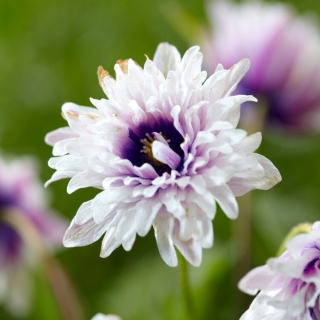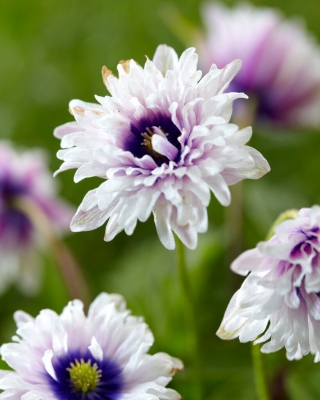- US Dollars ($)
- Euro (€)
- GB Pound (£)
- Chinese Yuan (元)
- Swedish krona (kr)
- Russian ruble (₽)
- Hong Kong dollar (HK$)
- Norwegian krone (kr)
- Indian rupee (₹)
- New Taiwan dollar (NT$)
- Danish krone (kr)
- Hungarian forint (Ft)
- Saudi riyal (SR)
- Bulgarian lev (лв)
- Czech koruna (Kč)
- Israeli shekel (₪)
- Indonesian rupiah (Rp)
- Japanese yen (¥)
- Korean won (₩)
- Malaysian ringgit (RM)
- Romanian leu (leu)
- Swiss franc (Fr.)
- Serbian dinar (din)
- Vietnamese đồng (₫)
- Ukrainian hryvnia (₴)
- Turkish lira (₺)
- Thai baht (฿)
- CAD Dollars ($)
- English
- German - Deutsch
- French - Français
- Spanish - Español
- Italian - Italiano
- Swedish - Svenska
- Norwegian - Norsk
- Danish - Dansk
- Nederlands
- Estonian - Eesti keel
- Finnish - Suomalainen
- Hungarian - Magyar
- Latvian - Latviešu valoda
- Lithuanian - Lietuvių
- Portuguese - Português
- Bulgarian - български
- Czech - Čeština
- Croatian - Hrvatski
- Romanian - Română
- Slovak - Slovák
- Slovenian - Slovenščina
- Categories
-
Seeds
-
Vegetable Seeds
-
Flower Seeds
- Herb Seeds
- Sprouting Seeds
-
Flower Bulbs
-
Garden Equipment
-
At home
- Around home
-
Fertilizers
-
- All-purpose fertilizers
- Autumn and winter fertilizers
- Blueberry fertilizers
- Boxwood fertilizers
- Bulb plants' fertilizers
- Grass and lawn fertilizers
- Citrus plant fertilizers
- Compost
- Conifer fertilizers
- Dolomite and lime fertilizers
- Dry powder fertilizers
- Fertilizers for balcony and terrace plants
- Fertilizers for moss-infected lawns
-
The Blue Eyes wood anemone is a delightful perennial that grows from underground rhizomes. Presented variety is distinguished by a dark, purple-blue eye in the centre of each semi-double white flower. This unusual plant that blooms in early spring has many advantages that have already won hearts of gardeners. Low-growing, only 10 to 20 centimetres small, anemones form a loose, domed tuft of leaves. Its erect stems carry one flower each and add a drop of colour to the grey garden at the very beginning of the growing season. As the flowers mature, a delicate hint of purple-pink may appear on the outer petals.
Anemones, including the wood anemone, belong to virtually carefree plants that do not require much from a grower. Their cultivation begins with horizontal planting of rhizomes in loose, humous, moisture-retaining soil. Semi-shady places with diffused sunlight that imitates woodland conditions suit this species best. That is also why the plant thrives under trees or groups of shrubs. It would also make a great figure on a border and in a rockery. Over the years, small tufts of wood anemone grow to form flowery carpets. Full hardiness is also an advantages of the species, that is also quite resistant to many diseases and pests. It requires almost no care or covering for the winter.
Wood anemone is a poisonous plant. Alway wear gloves when approaching or touching it.
One package contains wood anemone Blue Eyes. Packaging label contains basic plant facts and a growing guide.
- Variety: Blue Eyes
- Use: ornamental - garden
- Growth form: small tufts
- Flower colour: white with a blue-purple eye
- Vegetation form: perennial
- Flower type: semi-double
- Site: loose, humous, moisture-retaining soil
- Bulbs: 1
- Height: 10 to 20 cm
- Flowering period: early spring
- Wintering in the ground?: yes
New



My account
Store
Customer information
Information

© -2024 Gardenseedsmarket.




